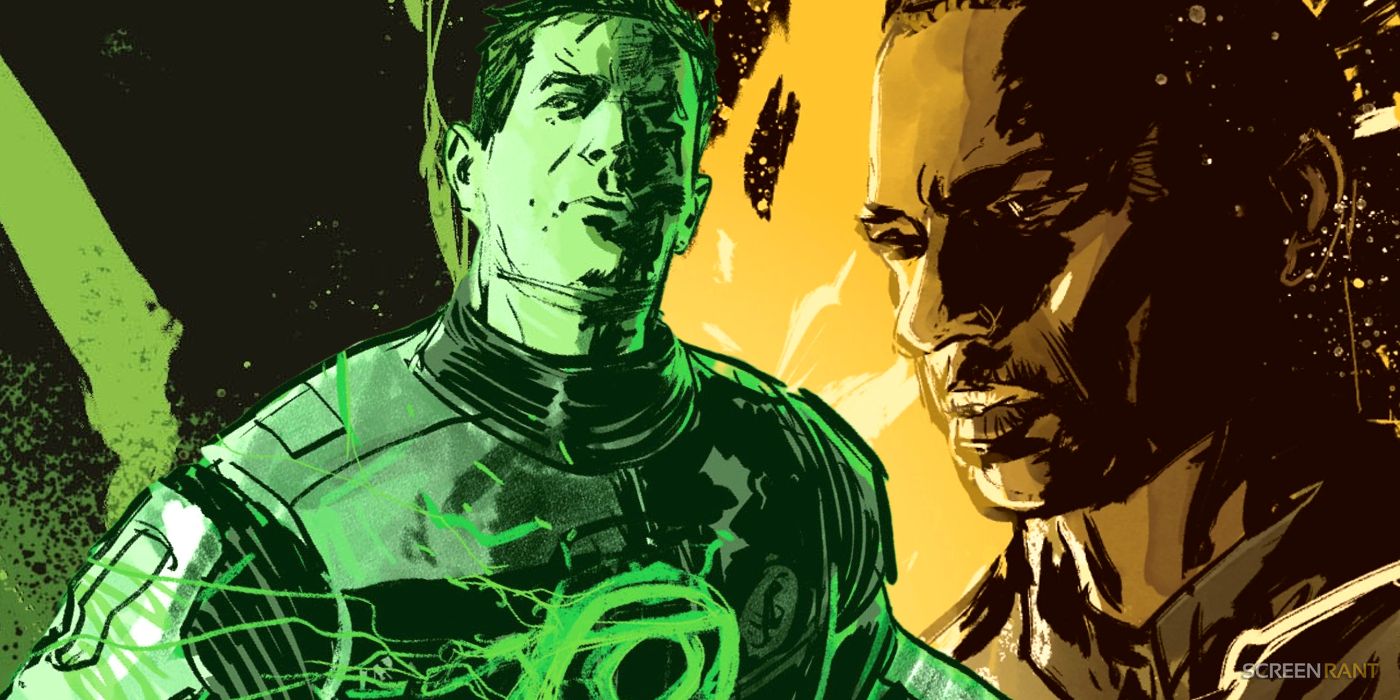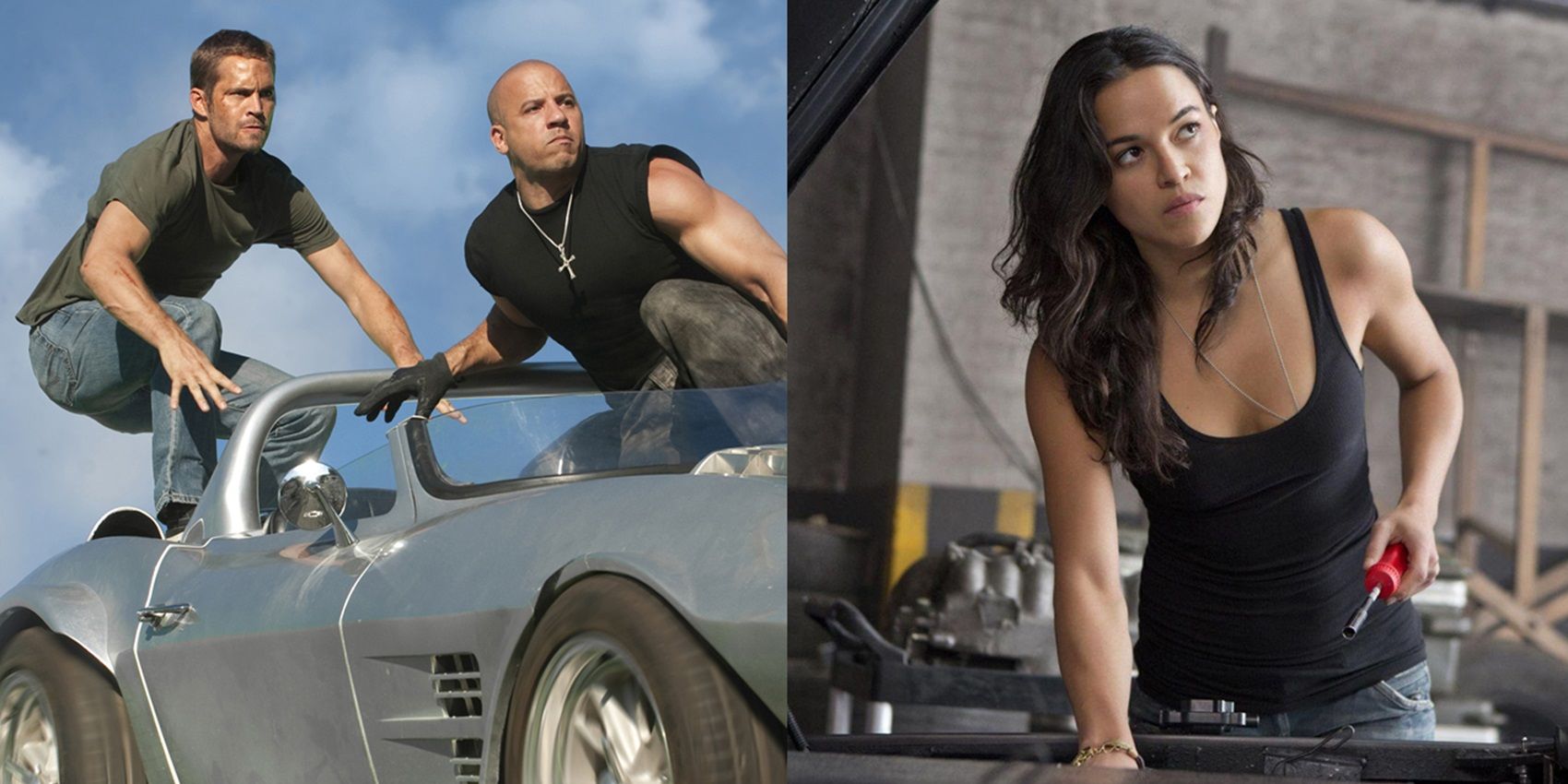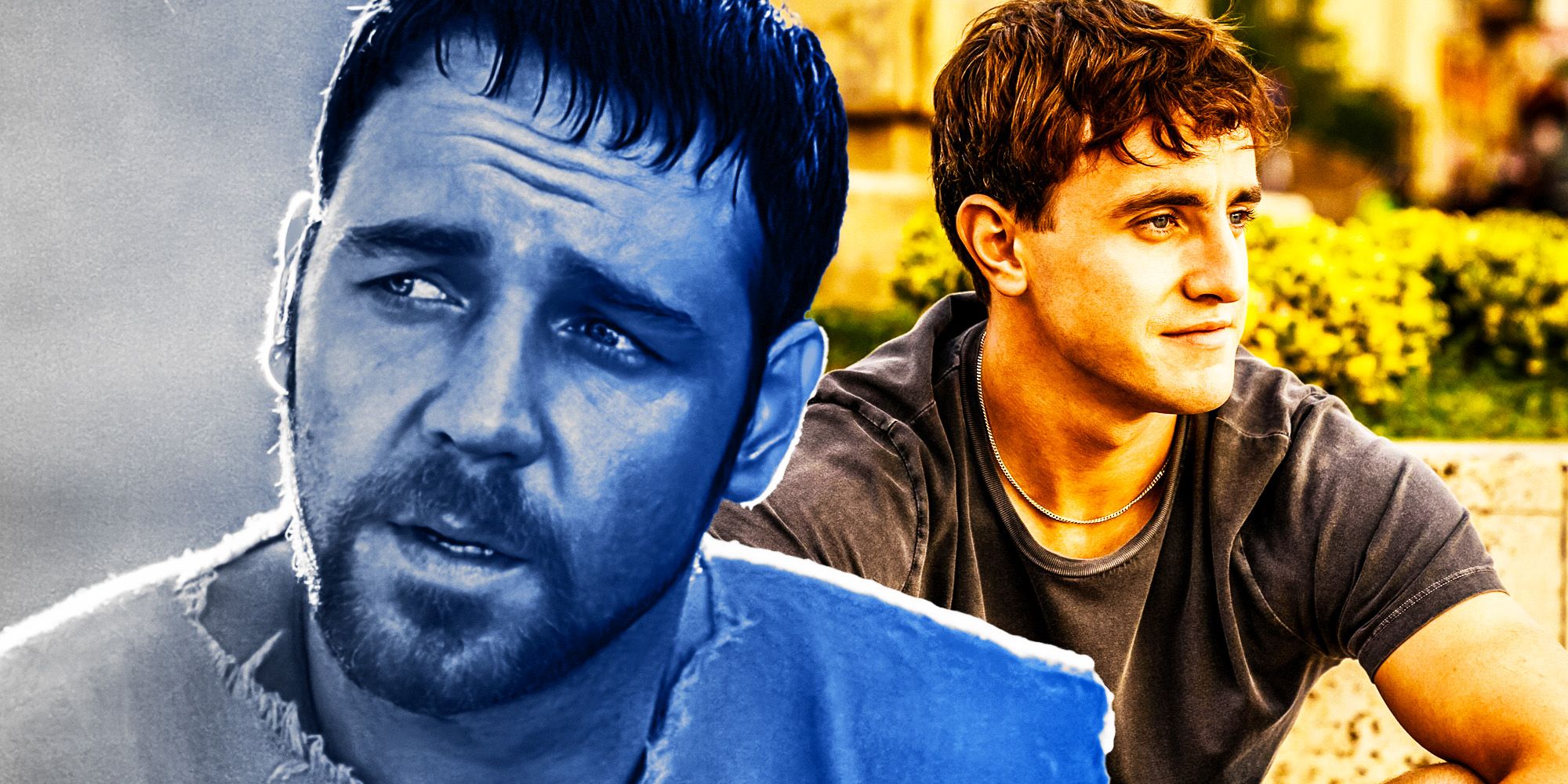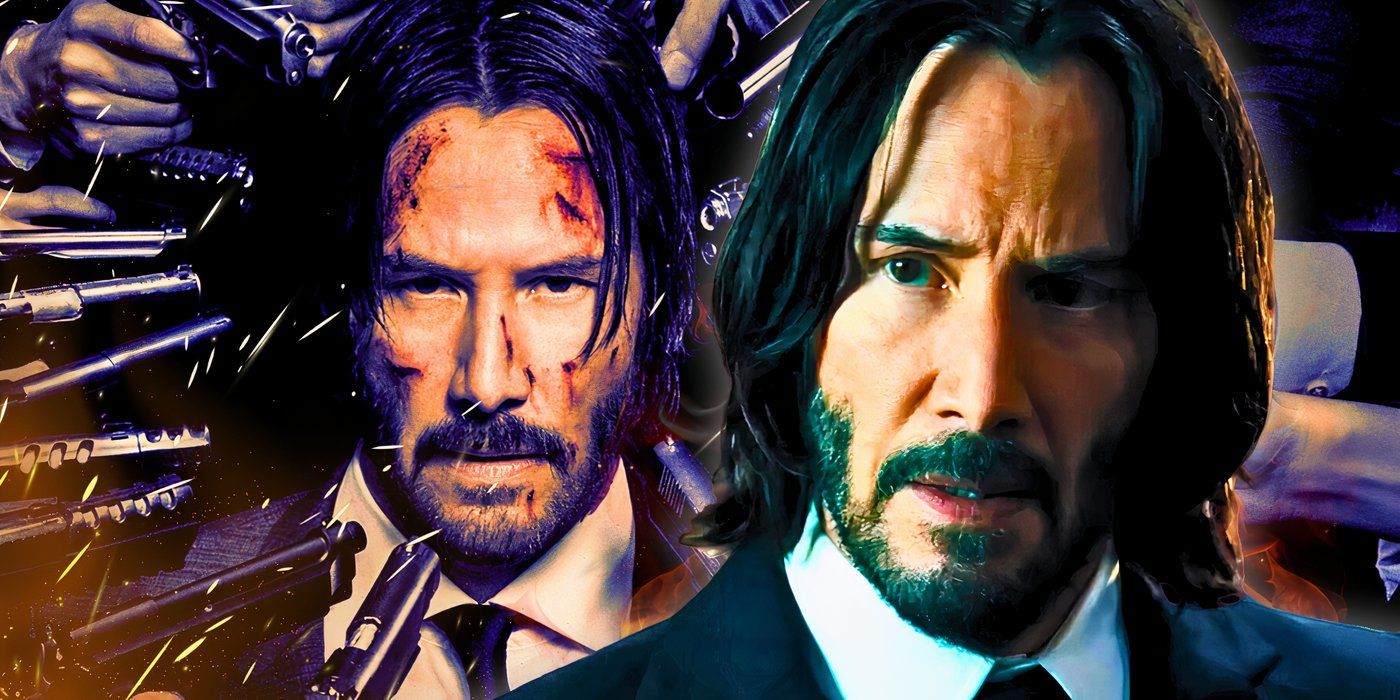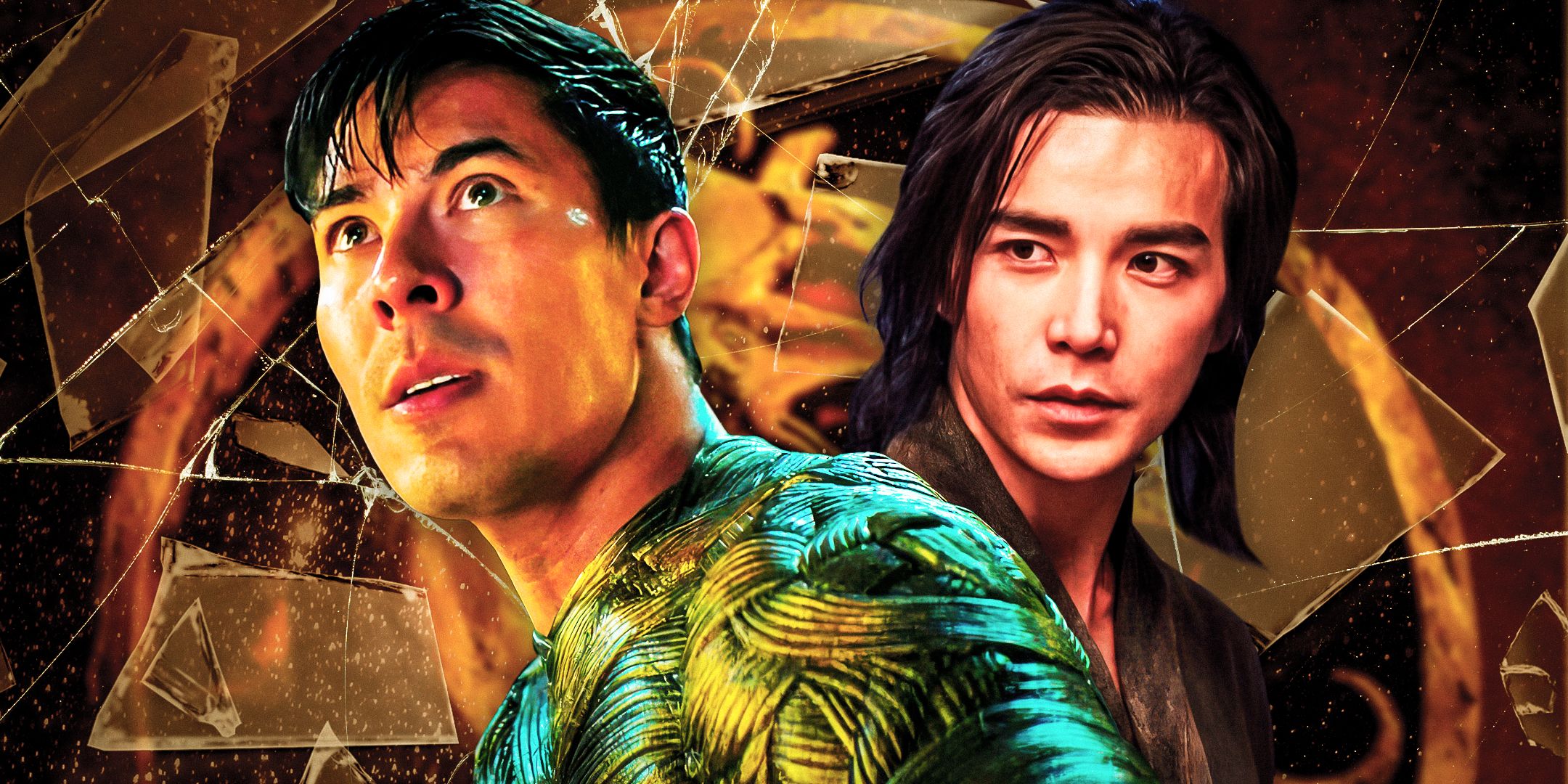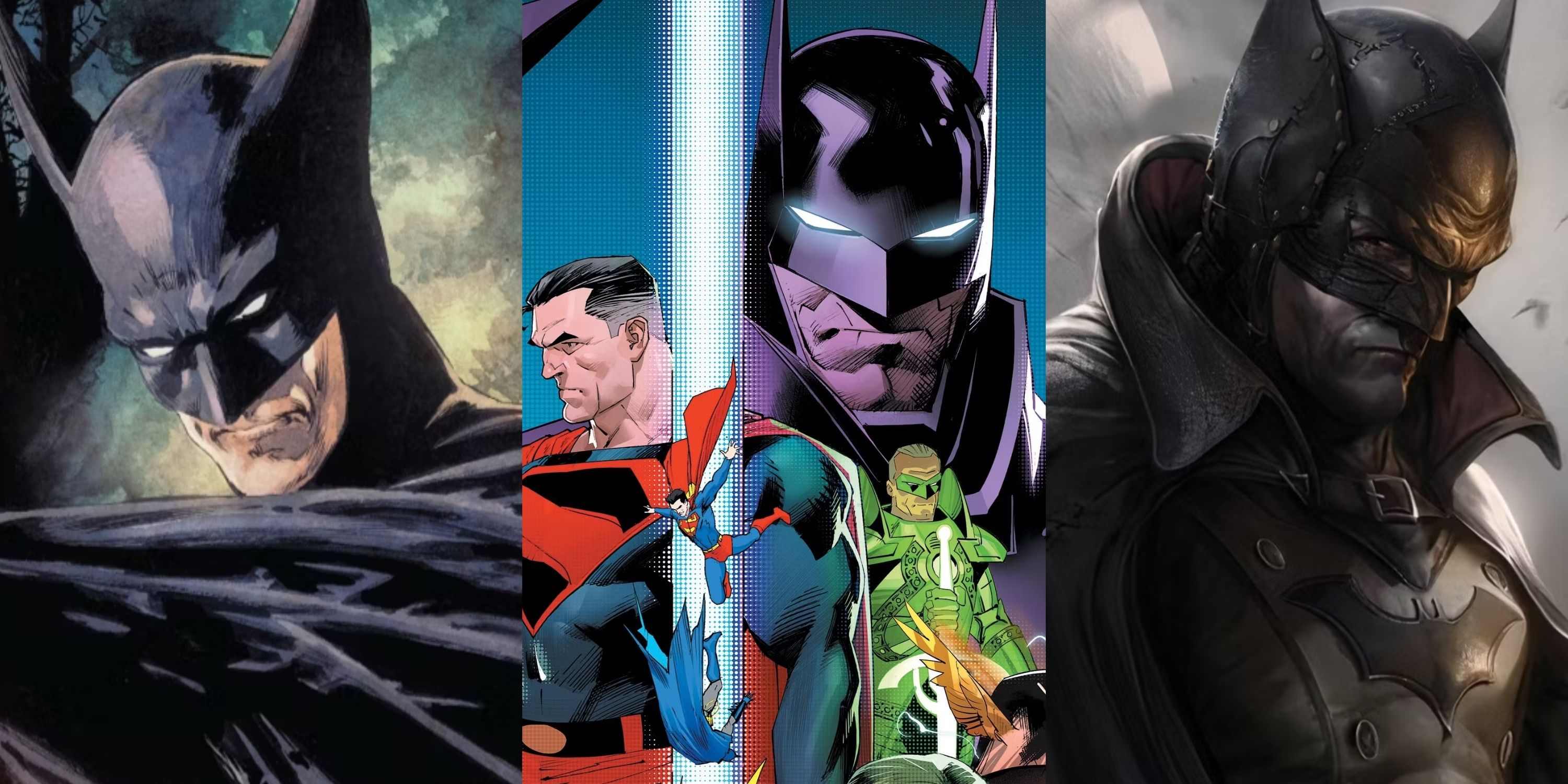The Hunger Games franchise was over as quickly as it began. All four films dropped between 2012 and 2015 and received a divisive response. The performance of Jennifer Lawrence was widely praised, as were the action sequences, but it was always going to be incredibly difficult to live up to Suzanne Collins’ exceptional source material.
We’ve listed ten things that happen in the first Hunger Games book that didn’t make it into the film, whether to benefit it or not.
Peeta’s Parents
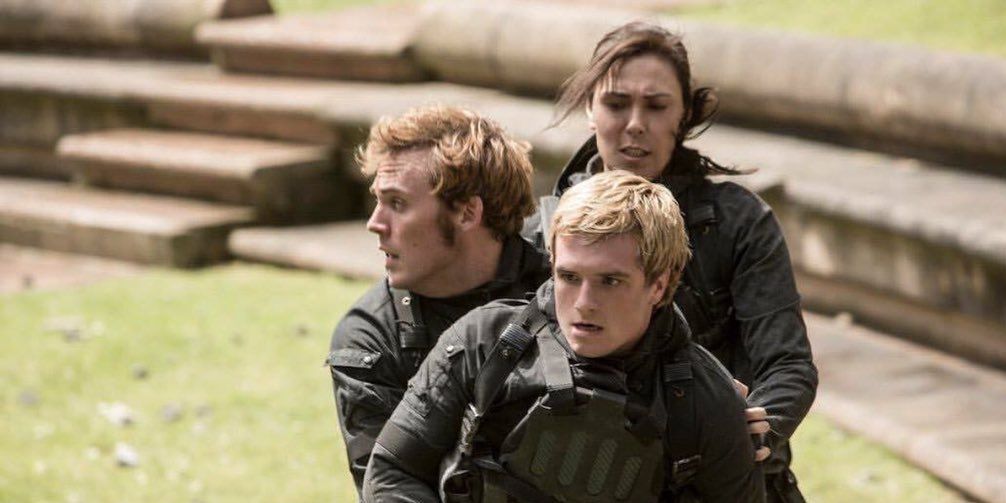
The only thing we ever really learn about Peeta’s home life is that whole bread situation. The films never talk about his mother or father or show them on screen. In fact, it seems like only Katniss’ mother, sister, and Gale are able to visit the tributes after the reaping, but Peeta’s interaction with his family could have been off-screen. In fact, in the book, Katniss is even given cookies by Peeta’s father, despite the fact she thinks she is going to have to kill his son.
The Behind The Scenes Of The Games
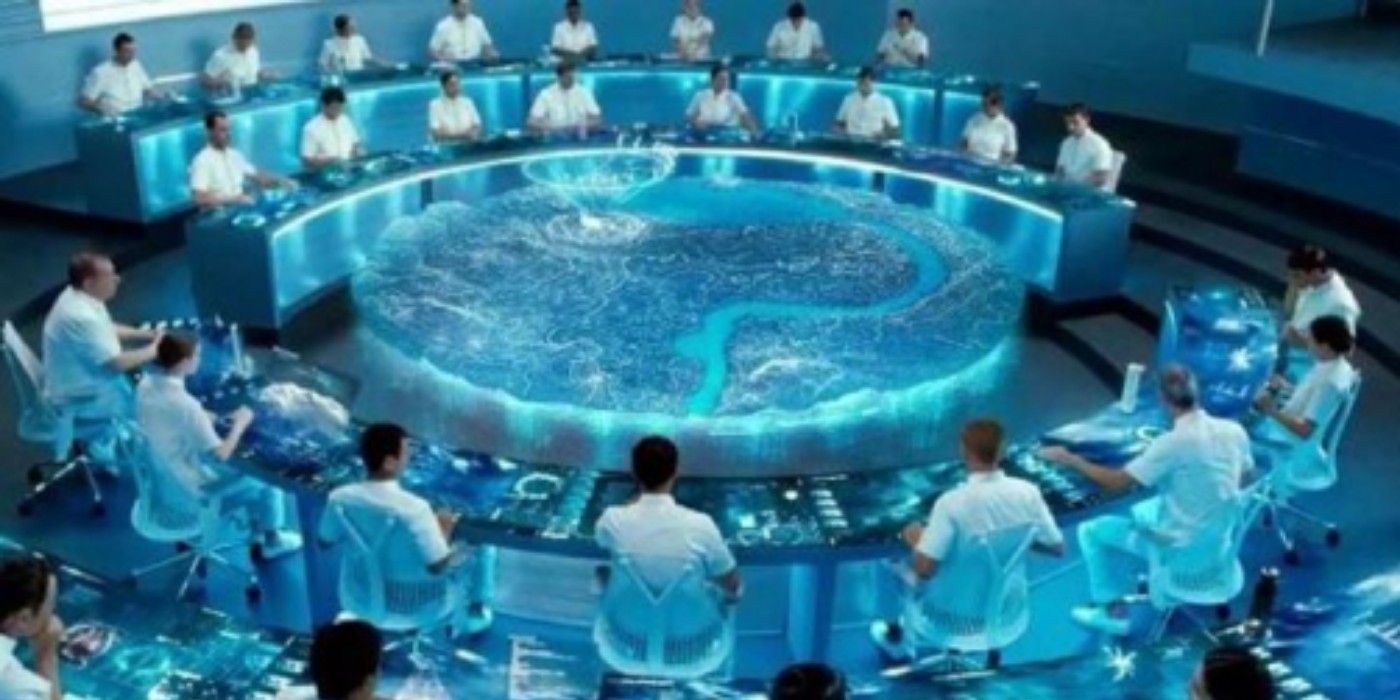
One massive change between the film and book is the depiction of how the Games are actually created. Obviously, the book follows Katniss directly, leaving us no room to cut away to someone else. However, the film required a bit more scenery than miles of monotonous forests, so during the Games, we are transported over to the Gamemakers multiple times. Here, we see them manipulating a hologram version of the arena, showing us exactly how various elements of the games come to exists. This also puts a face to the otherwise anonymous group behind the Games.
The Extent Of Haymitch’s Alcoholism
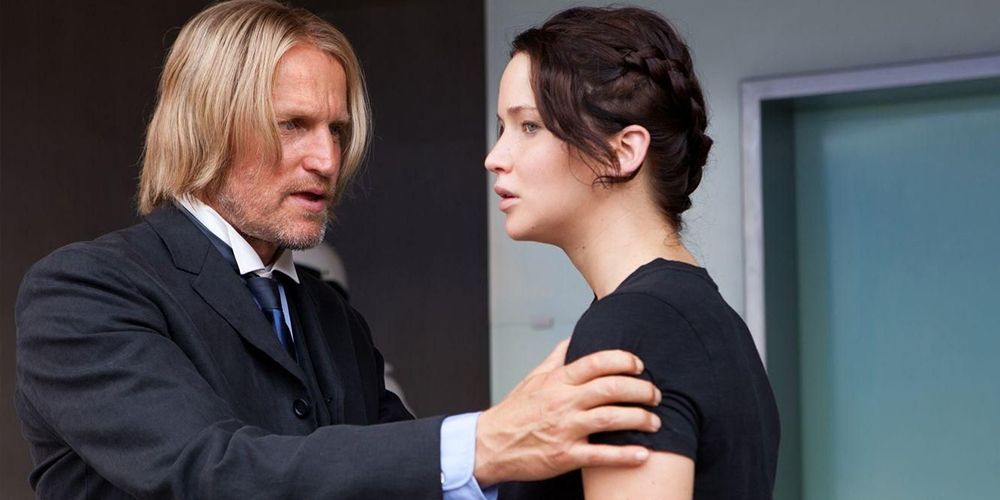
In the film, we are exposed to some of Haymitch’s alcoholic antics. He is seen to love a whiskey and spends a lot of time seeking out the next drink, however, it doesn’t reach the same dark place as the books.
In the film, the reaping takes place without event (well, other than all the events) but it goes down rather differently in the book. It sort of comes across as comedic relief from the intensity of the scene, but it also puts the extent of his problem into perspective.
Muttations
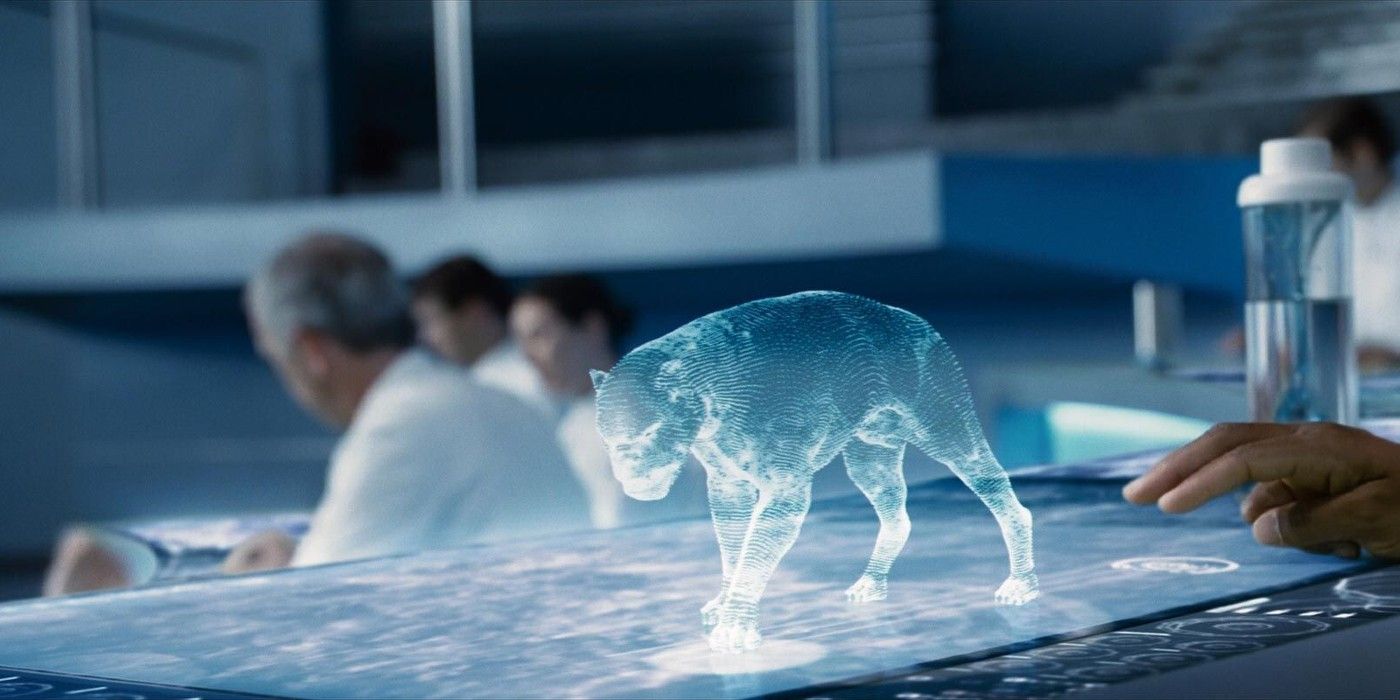
In the book, the Muttations are portrayed in a very different, much more graphic and disturbing way. Rather than being some sort of huge, strange hybrid dog that is only motivated by attacking humans, the version the books present have the eyes of the dead tributes. This is far scarier and more intense, and also provides a much more personal connection for Katniss when she has to kill them. It’s like she is killing the tributes again.
Holding Hands
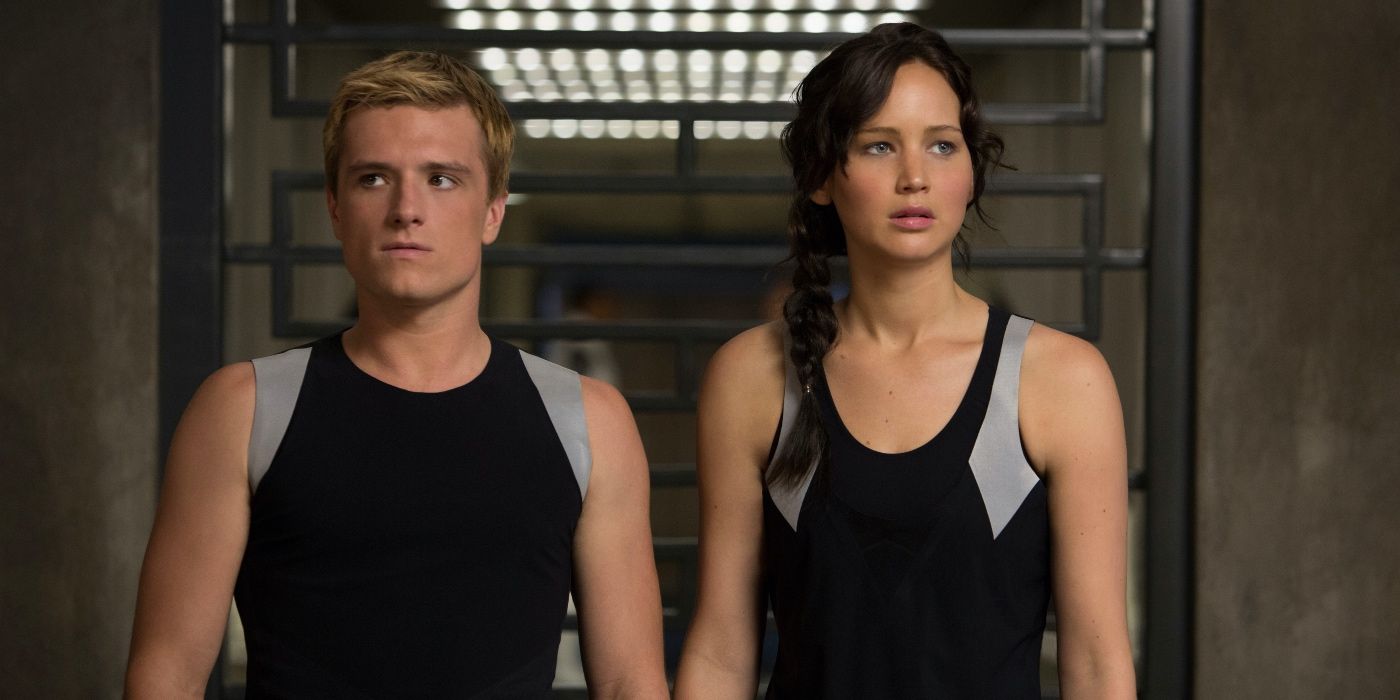
In the film, we see Peeta come up with the idea for Katniss and himself to hold hands during the parade. This creates the unity between the pair that ends up winning over the support of the viewers early on, and possibly hints at Peeta’s feelings for Katniss. In the book, this is Cinna’s idea. The original version strengthens the intelligence of Cinna’s character, but it seems that from a character-building perspective, the change made for the films was probably a good thing.
District 11
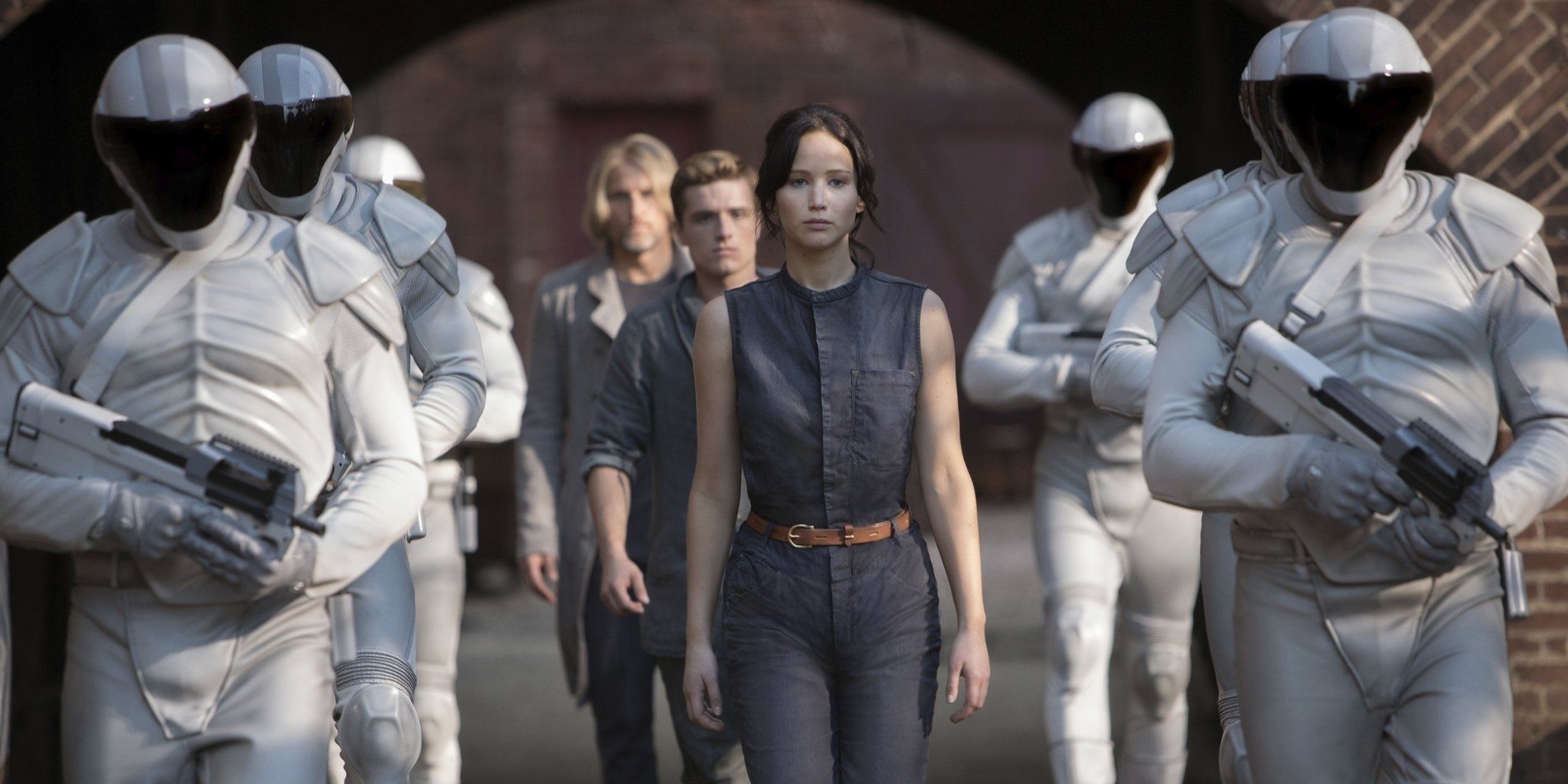
After Rue is killed, the film shows us the response in District 11. The people begin to revolt against the Peacekeepers, resulting in many deaths and an increase of tension amongst the people. This doesn’t happen in the book, as we stay firmly focused in on Katniss throughout. This means we aren’t made aware of the response until Katniss is out of the Games.
It’s hard to judge whether this change is better because it gives a slower burn on the existence of the rebellion, or worse because it wasn’t necessary to give the story such a wide scope so early on.
The Bread
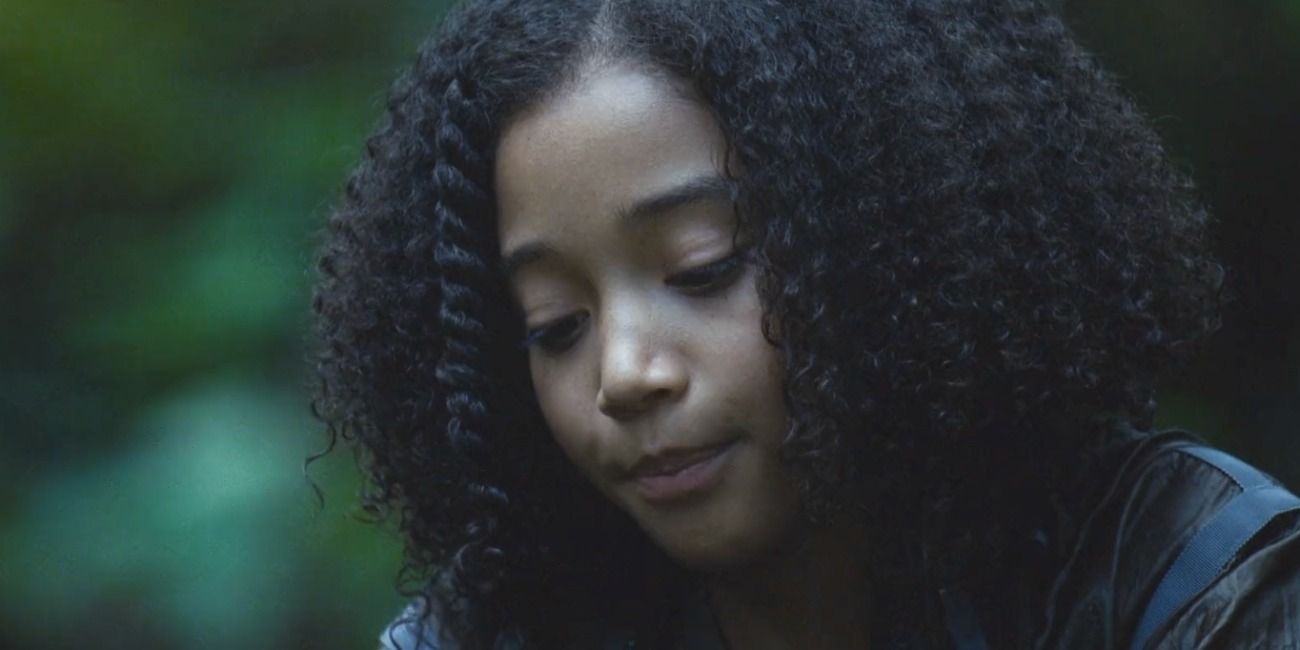
Despite the film showing the rebellion from District 11, they cut the gift of bread. This doesn’t really add up, because the rebellion shows support for Katniss and not just the bread, but taking the bread away weakens the suggestion that the other Districts are rooting for her. The gift also comes at an important time, providing her with sustenance just as she needs it, so taking it away impacts on two levels.
The Avox
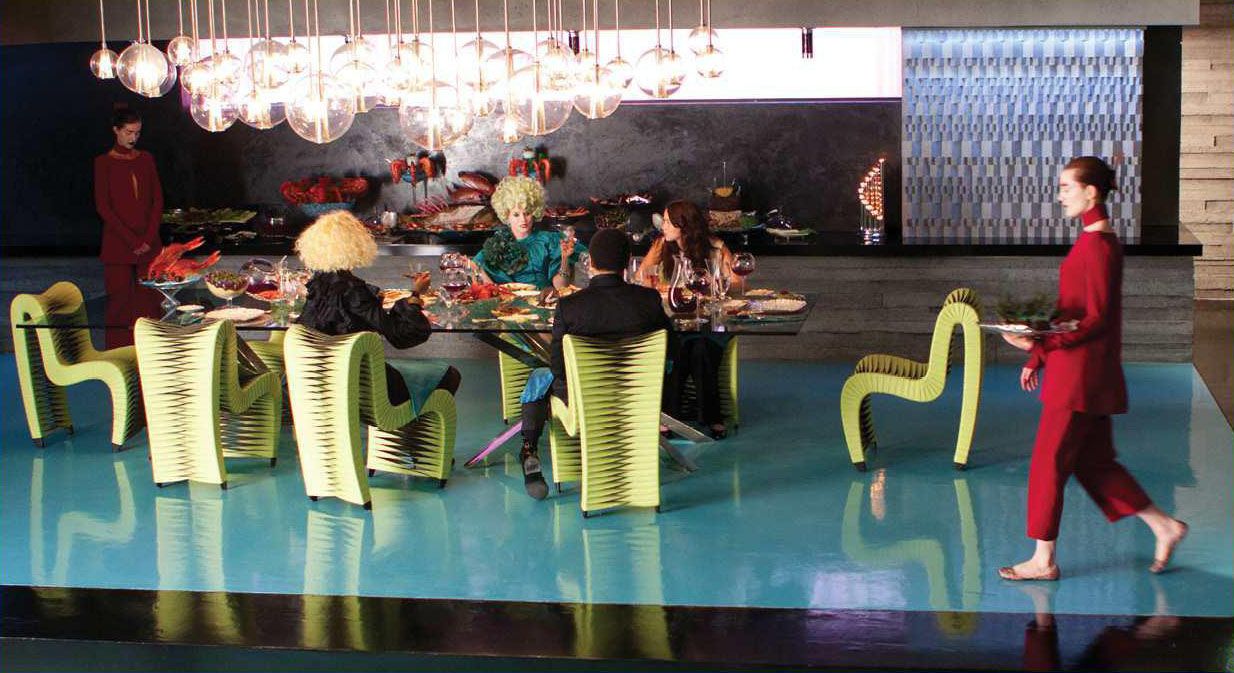
In the book series, Suzanne Collins makes it very clear how important the Avox’s are. They represent the fact that people have already attempted to rebel against the tyrannical government which controls them and have been punished as a result.
While Avox characters are introduced later on, they’re pretty much airbrushed out of the first film. One particular example comes when Katniss recognizes one of her servers.
The Start Of The Games
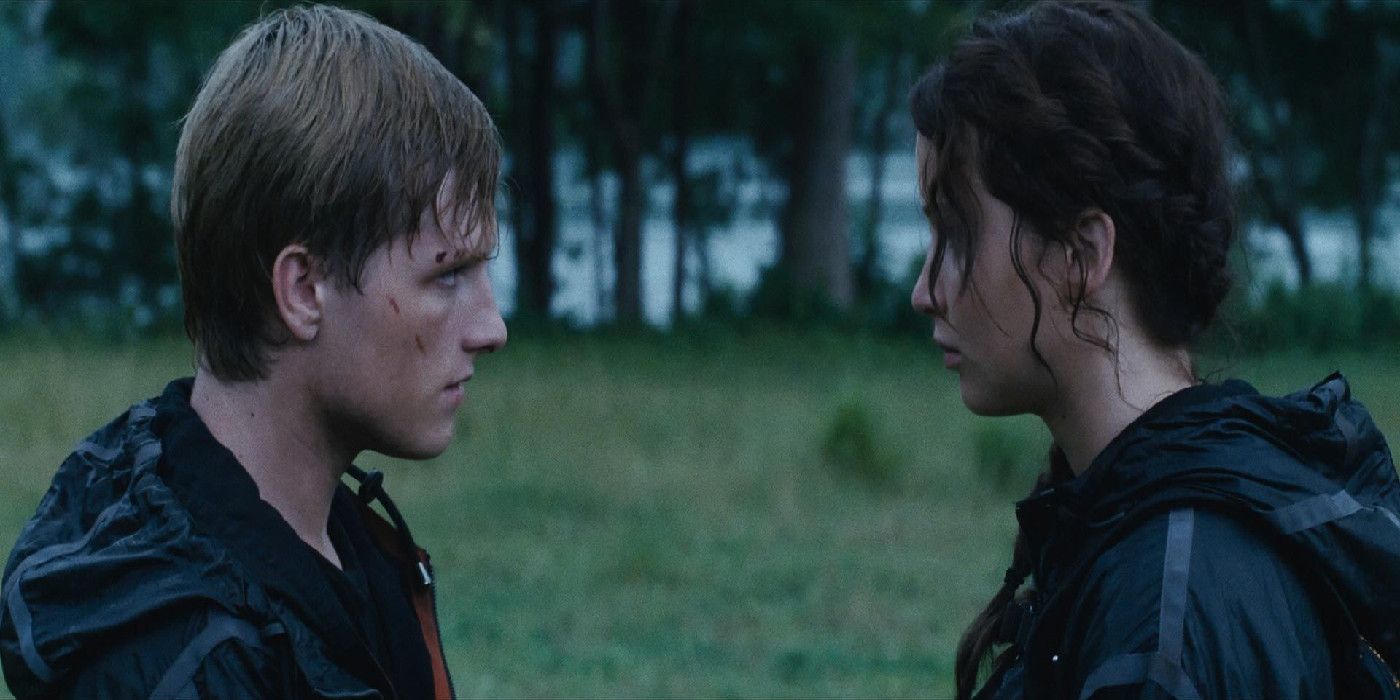
When Katniss first emerges from the glass tube and into the Cornucopia, we can tell she has noticed a bow and arrow. Peeta shakes his head at her and she realizes that it would probably be too risky to go for it, so she runs instead. In the book, this scene plays out completely differently, giving both characters different intentions. Katniss gets the sun in her eyes when she sees Peeta, doesn’t know if he shook his head or not, and before she can make her mind up on whether to go for the bow and arrow, it’s gone anyway.
Cato’s Death

We are introduced to Cato as a ruthless killer who has been trained to take part in the Hunger Games since he was born. He is the strongest and most formidable opponent to Katniss, and he is the one who makes it to the end alongside her and Peeta. In the book, he maintains his twisted, angry personality right until his graphic death. The film decides to attach a little more personality to his character than any of the other Tributes, and he launches into a speech about how he is nothing more than a pawn, raised to fight for the Capital. His semi-retribution allows him a quick death at the hands of Katniss’s bow as he is torn apart.
